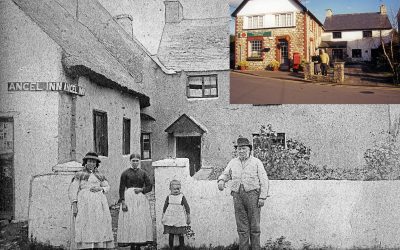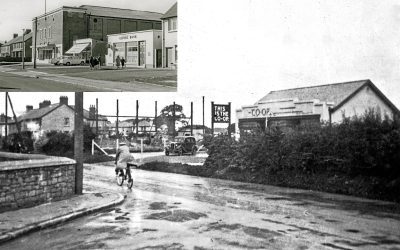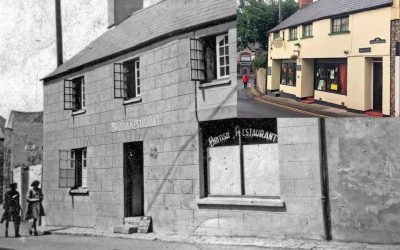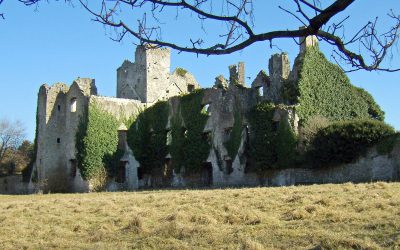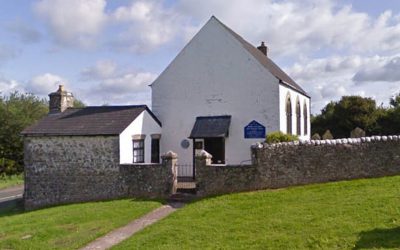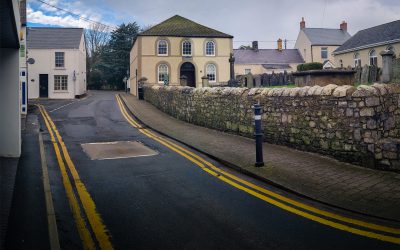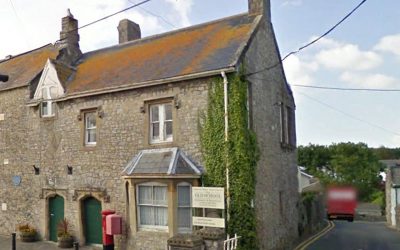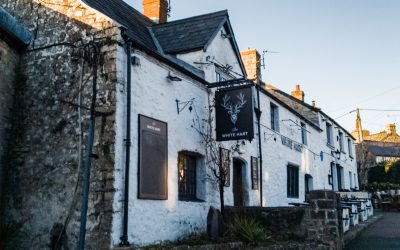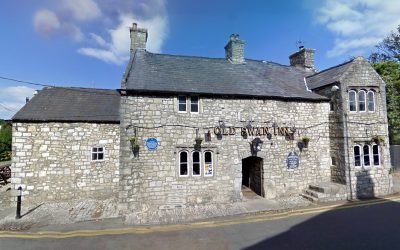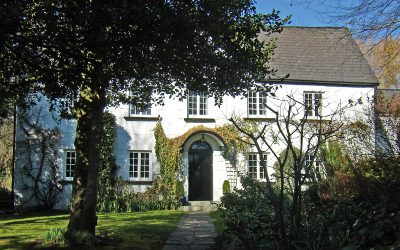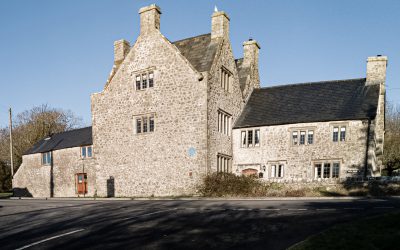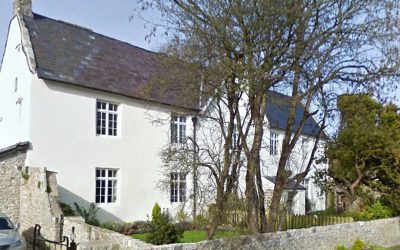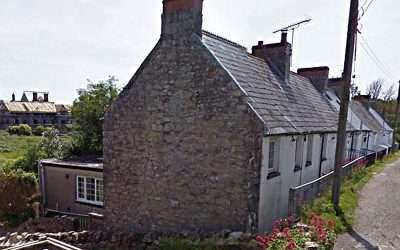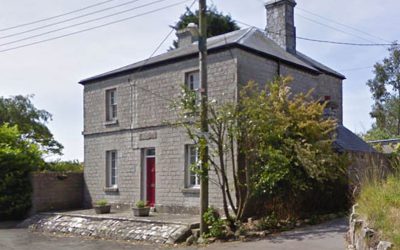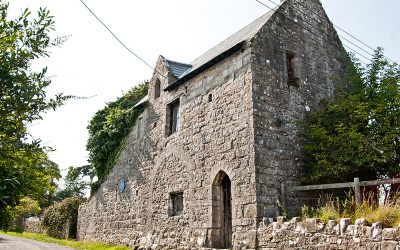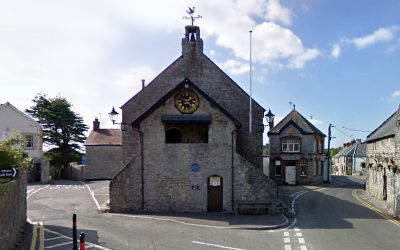Angel Inn
On Wine Street at the far end was a pub called the Angel Inn. The image shows the Angel Inn in c1886 when David Jenkins and his wife Bertha Jenkins ran it. It’s possible that the photo shows David Jenkins and his wife. Almost 100 years later the Angel Inn was being...
The Strand Cinema
Llantwit Major The Cinema Years. Llantwit Major had a cinema from 1939 until 1970. Building started in 1938, as seen in the photograph taken from the top is Stallcourt Avenue. It’s position can be located , in the insert, by being just one shop away from the Lloyds...
Wartime British Restaurant (now Illtud’s 216)
Wartime British Restaurant in Llantwit Major. In 1940 to combat the severity of rationing, the Government set up what was known as British Restaurants. They were essentially canteens with basic nutritional meals at reasonable prices, and most importantly they were off...
Boverton Place
Queen’s Attorney to the Council of Wales and the Marches in the 1590’s. It remained in the hands of the family until the last heiress Jane Seys married Robert Jones of Fonmon at which time its fixtures and fittings...
Bethesda’r Fro
This simple whitewashed building on the road to Eglwys nestles between the hangars and the housing. It was established in 1807 when Thomas William brought his congregation here from Burton, Aberthaw. The land had...
Bethel Baptist Church
In 1830 Bethel was “ erected for the use of the Particular Baptists”. Its first minister Jabez Lawrence was a shopkeeper in the town. It is said that the opening services were conducted by Christmas Evans, the famous...
The Old School
One of the oldest surviving secular buildings in the town, belonging to the Raglan family. It then became the rectory for the parish before being converted in the early 1870’s into the Board School. View Larger Map
The Old White Hart Inn
This is described as an end-entry house built in the late sixteenth century. As with The Old Swan it is unclear when exactly it became an inn, though again tokens were issued under its name in the eighteenth...
The Old Swan
This was probably a substantial local dwelling built in the sixteenth century. When it became an inn however is open to speculation. In the mid seventeenth century it belonged to Edward Maddock, who was permitted...
The Court House
The house was built in the early eighteenth century and substantially altered a century or so later. There is evidence that it was leased to a member of the Throckmorton family from Coughton Court, Warwickshire whose...
The Great House
Sometimes called Ty Mawr or Upper House, its association with the Nicholl family goes back to their first arrival in the parish in the Elizabethan period. The building originally consisted of a square central section to which a southern wing was added providing...
Old Place
This building has mistakenly been called Llantwit Castle. It is in fact the ruin of an Elizabethan manor house with two wings enclosing a paved courtyard. It was built in 1596 by Griffith Williams for his daughter and her husband Edmund Vann. They represented the...
Plymouth House
It used to be claimed that Plymouth House was one of the surviving halls of residence from Illtud’s monastery. Its history does not go that far back but there is evidence that it may incorporate the remnants of a...
Hillhead
This row of houses was built in the early years of the nineteenth century as housing for the poor of the parish. When the workhouse in Bridgend was opened they became surplus to requirements and were sold as private residences. Originally each unit was divided into...
The Old Police Station
When the Glamorgan Constabulary was established in 1841, a constable was allocated to Llantwit Major, reporting to the sergeant in Cowbridge. The police station was built a few years later and originally comprised a single storey with a living room and kitchen in the...
The Gatehouse and Columbarium (dovecot)
These are the only surviving buildings from the Grange belonging to Tewkesbury Abbey. The abbey had been given the land, shortly before he died, by Robert Fitzhamon, Earl of Gloucester and first Norman Lord of...
The Town Hall
This building is similar in many ways to those of the ancient boroughs of Cowbridge and Cardiff. Its construction is usually attributed to Gilbert de Clare, Lord of Glamorgan, who died in 1295, but manorial records...

